Respiratory parasites in birds pose a significant threat to avian health, affecting the respiratory system and jeopardizing overall well-being.
From microscopic mites to insidious worms, these parasites can infiltrate various avian species, leading to symptoms such as labored breathing, coughing, and nasal discharge.
Timely detection and effective treatment are crucial to prevent the spread of infections within flocks and mitigate the potential long-term consequences of respiratory infestations.
This exploration delves into the causes, signs, and treatments of respiratory parasites in birds, offering insights into the multifaceted strategies needed to safeguard the respiratory health of our feathered companions.
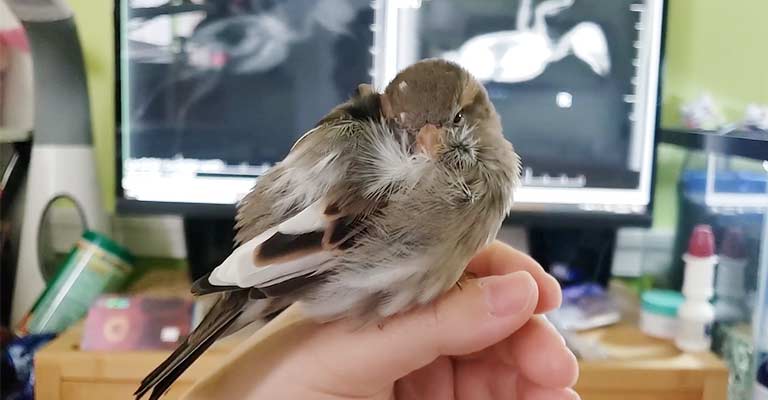
Respiratory Parasite In Birds
Respiratory parasites pose a significant threat to the well-being of birds, impacting their respiratory systems and overall health. These parasites can infiltrate various avian species, causing respiratory distress and potentially leading to severe consequences.
Here are seven types of respiratory parasites that commonly afflict birds:
Gapeworms (Syngamus trachea)
Gapeworms infest the trachea, causing respiratory distress and a distinctive gaping behavior in infected birds. Transmission occurs through ingestion of contaminated intermediate hosts or direct contact with infected birds, making prevention and prompt treatment crucial.
Avian Lungworms (Capillaria spp.)
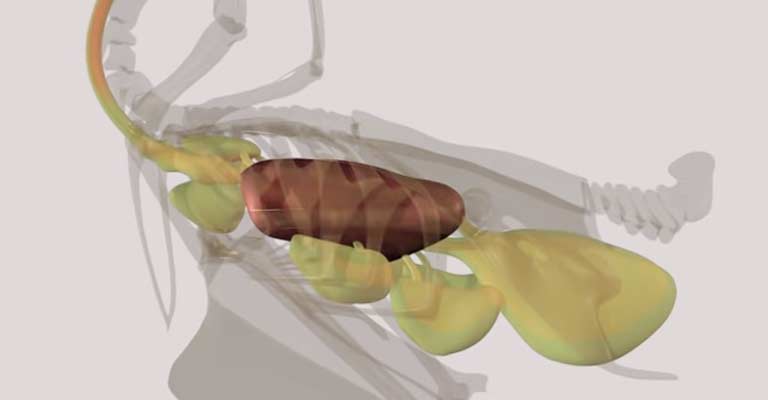
Lungworms affect the respiratory system, causing coughing, labored breathing, and, in severe cases, pneumonia. Birds acquire these parasites through ingestion of infected earthworms or contaminated food sources, emphasizing the importance of maintaining a parasite-free environment.
Air Sac Mites (Sternostoma spp.)
Air sac mites infest the respiratory system’s air sacs, leading to respiratory distress and increased respiratory rate. Mites are transmitted between birds, and infestations can become severe in crowded aviary conditions, necessitating prompt treatment and quarantine measures.
Tracheal Mites (Pneumonyssoides spp.)
These microscopic mites infest the trachea, causing coughing, sneezing, and respiratory discomfort. Transmission occurs through direct bird-to-bird contact, and control measures involve both environmental management and targeted veterinary interventions.
Nasal Mites (Rhinonyssidae spp.)
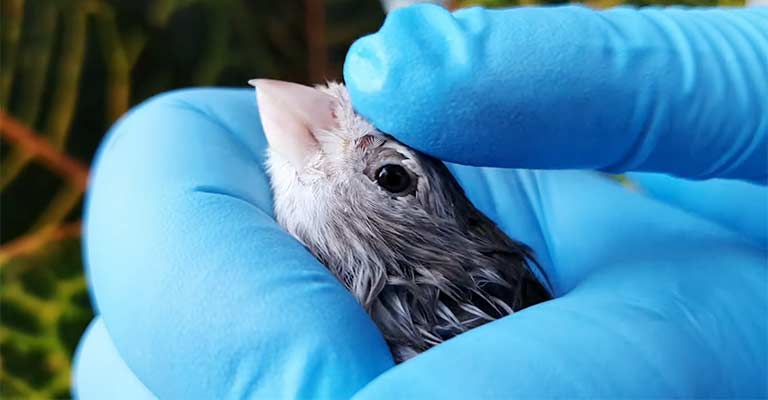
Nasal mites infest the nasal passages, causing sneezing, nasal discharge, and respiratory distress. Transmission occurs through direct contact with infected birds or contaminated surfaces, underscoring the need for rigorous hygiene practices.
Eye Worms (Oxyspirura spp.)
Eye worms infest the eyes and surrounding tissues, leading to irritation, swelling, and potential damage to the optic nerves. Transmission occurs through ingestion of infected arthropod hosts, necessitating preventive measures and prompt treatment.
Protozoan Respiratory Infections (Trichomonas gallinae)
Trichomonads can cause respiratory infections, impacting the upper respiratory tract and, in some cases, spreading to internal organs. Contaminated food and water sources are common transmission routes, highlighting the importance of hygiene and disease monitoring.
How To Know If My Bird Has A Respiratory Parasite?
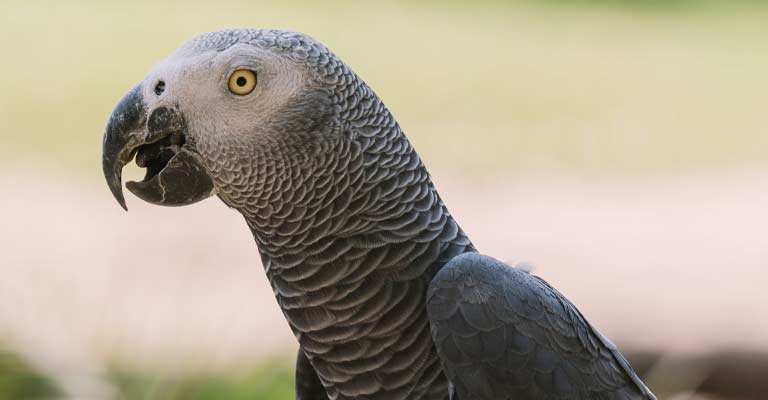
Detecting respiratory parasites in birds is crucial for timely intervention and preventing the spread of infections. Respiratory parasites can affect various avian species, causing respiratory distress and compromising overall health.
Here are seven signs to watch for indicating that your bird may have respiratory parasites:
Labored Breathing
One of the primary signs of respiratory parasites is labored breathing. If your bird appears to struggle with each breath, breathes rapidly, or displays abnormal respiratory patterns, it could indicate the presence of parasites affecting the respiratory system.
Coughing and Sneezing
Persistent coughing and sneezing are common symptoms of respiratory infections caused by parasites. If you notice these signs, especially if they become chronic or worsen over time, it’s crucial to seek veterinary attention for a thorough examination.
Nasal Discharge
Respiratory parasites can lead to nasal discharge, ranging from clear to mucous-like or even containing blood. Keep an eye on your bird’s nostrils for any signs of abnormal discharge, as this may indicate an underlying parasitic infection.
Gaping or Stretching
Birds may exhibit gaping or stretching behavior, where they open their beaks wide and extend their necks. This could be a response to irritation caused by respiratory parasites, particularly gapeworms, which infest the trachea.
Eye and Facial Swelling
Some respiratory parasites, like eye worms, can cause swelling around the eyes and face. If you observe any unusual puffiness or swelling in these areas, it may be an indication of a parasitic infestation that requires prompt veterinary attention.
Decreased Activity and Lethargy
Respiratory infections can take a toll on a bird’s overall energy levels. If your bird shows a sudden decrease in activity, appears lethargic, or avoids normal behaviors, it may be a sign of an underlying health issue, including respiratory parasites.
Change in Vocalization
Birds with respiratory parasites may exhibit changes in vocalization. This can include a decrease in singing, unusual sounds during breathing, or a reluctance to vocalize altogether. Pay attention to any alterations in your bird’s typical vocal behaviors.
What Are The Causes Of Respiratory Parasite In Birds?
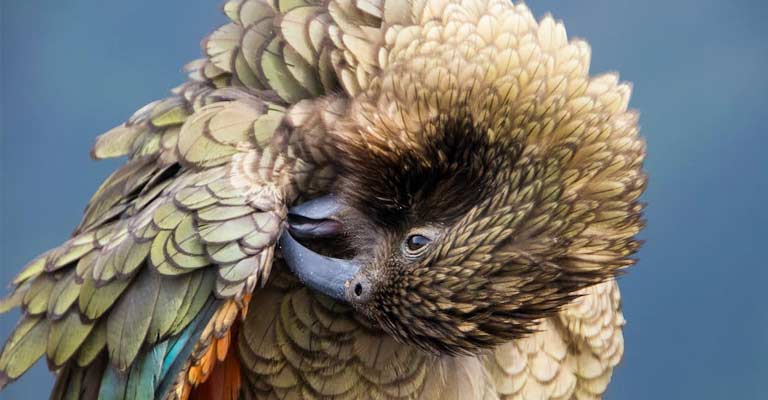
Respiratory parasites in birds can be caused by various factors, and understanding these causes is crucial for effective prevention and management.
Avian respiratory infections can result from exposure to contaminated environments, direct contact with infected birds, or ingestion of parasitized intermediate hosts.
Here are seven common causes of respiratory parasites in birds:
Contaminated Environment
Birds can contract respiratory parasites through exposure to contaminated environments, such as aviaries with poor sanitation or overcrowded living conditions.
Parasite eggs and larvae present in feces, bedding, or dust can be inhaled by birds, leading to respiratory infections.
Direct Bird-to-Bird Contact
Close proximity to infected birds is a significant cause of respiratory parasitic infections. Airborne transmission or direct contact with respiratory secretions allows parasites to move from one bird to another, emphasizing the importance of quarantine measures and monitoring new additions to flocks.
Ingestion of Infected Intermediate Hosts
Certain respiratory parasites have intermediate hosts, such as earthworms or arthropods. Birds become infected when they ingest these hosts, either through foraging in contaminated areas or consuming infected prey. Proper hygiene and a controlled environment can help mitigate this cause.
Poor Hygiene Practices
Inadequate hygiene practices, including infrequent cleaning of cages and aviaries, contribute to the buildup of parasitic organisms. Birds may come into contact with contaminated surfaces, leading to respiratory infections. Regular cleaning and disinfection are essential preventive measures.
Stress and Weakened Immune System
Stress weakens a bird’s immune system, making it more susceptible to respiratory infections. Factors such as transport, abrupt changes in the environment, or exposure to extreme weather conditions can contribute to stress and increase the likelihood of parasitic infestations.
Travel and Introduction of New Birds
The introduction of new birds into an existing flock or travel to areas with different environmental conditions can expose birds to novel parasites. Stress during transportation and the mingling of birds from diverse backgrounds create opportunities for the transmission of respiratory parasites.
Lack of Veterinary Care
Birds without regular veterinary check-ups may not receive preventative treatments or timely intervention for respiratory issues. Without proper veterinary care, respiratory parasites can go undetected and worsen, leading to more severe health complications.
How To Treat Respiratory Parasites In Birds?
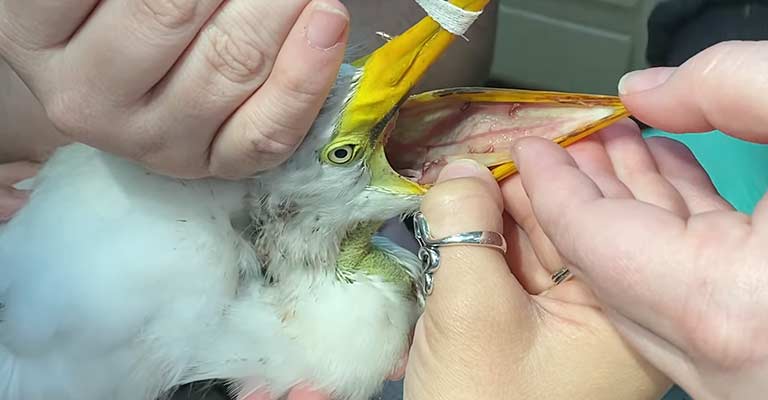
Treating respiratory parasites in birds is crucial for restoring their respiratory health and preventing the spread of infections. Various treatment approaches address different types of parasites and the severity of the infestation.
Here are seven types of treatment commonly employed for respiratory parasite infections in birds:
Anthelmintic Medications
Anthelmintic medications, such as fenbendazole or ivermectin, are often prescribed to target internal parasites like gapeworms or lungworms.
These medications, typically administered orally or through injection under veterinary guidance, work to eliminate the parasites from the bird’s respiratory and digestive tracts.
Antiparasitic Medications for Mites
Respiratory parasites like air sac mites or tracheal mites require specific antiparasitic medications, including ivermectin or moxidectin. These medications may be administered orally, topically, or through injection, targeting the mites infesting the respiratory system.
Antibiotics for Secondary Infections
In cases where respiratory parasites have caused secondary bacterial infections, antibiotics may be prescribed to address the bacterial component of the illness.
This dual approach helps tackle both the parasitic infestation and associated bacterial complications.
Environmental Decontamination
Thorough cleaning and disinfection of the bird’s environment are essential components of treatment. Removing and replacing contaminated bedding, cleaning cages, and disinfecting surfaces help eliminate residual parasites and prevent re-infestation.
Supportive Care
Supportive care is crucial during the recovery period. This includes providing a well-balanced diet, maintaining optimal environmental conditions, and minimizing stress factors.
Adequate nutrition and a stress-free environment aid in the bird’s overall recovery.
Isolation and Quarantine
Isolating infected birds and implementing quarantine measures are vital to prevent the spread of respiratory parasites within a flock. This prevents direct bird-to-bird transmission and helps contain the infestation while affected individuals undergo treatment.
Surgical intervention (in severe cases)
In extreme cases where respiratory parasites lead to severe damage, surgical intervention may be necessary.
This could involve the removal of parasites from affected tissues or addressing complications such as air vasculitis or abscess formation. Surgical procedures are typically considered as a last resort.
Timely and accurate diagnosis by an avian veterinarian is crucial for determining the most appropriate treatment plan. The veterinarian will consider the type of respiratory parasites involved, the extent of the infestation, and the overall health of the bird.
Regular follow-up appointments and monitoring are essential to ensure the effectiveness of the chosen treatment and the complete recovery of the bird.
Implementing preventive measures, such as routine veterinary check-ups and maintaining a clean living environment, contributes to long-term respiratory health in avian companions.
Faqs
Can respiratory parasites in birds be transmitted to humans?
While some avian respiratory parasites have zoonotic potential, direct transmission to humans is rare. However, maintaining good hygiene practices and avoiding direct contact with infected birds is recommended.
How are respiratory parasites diagnosed in birds?
Avian veterinarians typically use a combination of clinical examination, fecal analysis, blood tests, and, in some cases, imaging to diagnose respiratory parasites in birds.
Can respiratory parasite infestations be prevented in pet birds?
Yes, preventive measures include maintaining a clean environment, routine veterinary check-ups, practicing quarantine for new birds, and providing proper nutrition to support the bird’s overall health.
Are there specific treatments for different types of respiratory parasites?
Yes, treatment varies based on the type of respiratory parasite involved. Anthelmintic medications, antiparasitic drugs, and antibiotics may be prescribed based on the specific diagnosis made by the avian veterinarian.
How often should birds be checked for respiratory parasites?
Regular veterinary check-ups are crucial for early detection of respiratory parasites. Additionally, any signs of respiratory distress or behavioral changes should prompt immediate consultation with an avian veterinarian for a thorough examination.
Conclusion
The management of respiratory parasites in birds demands a comprehensive approach, encompassing vigilant observation, veterinary intervention, and preventive measures.
Timely diagnosis, targeted treatment, and environmental hygiene play pivotal roles in mitigating the impact of respiratory parasites on avian health.
By fostering a proactive approach to respiratory care, bird owners can contribute to the vitality and longevity of their feathered friends, ensuring a harmonious and healthy existence within aviaries and homes.
Regular veterinary check-ups and adherence to proper hygiene practices remain essential in safeguarding birds from the insidious threats posed by respiratory parasites.